What’s the best Hard Drive or SSD to back up your Mac?
Posted on
by
Kirk McElhearn and Joshua Long
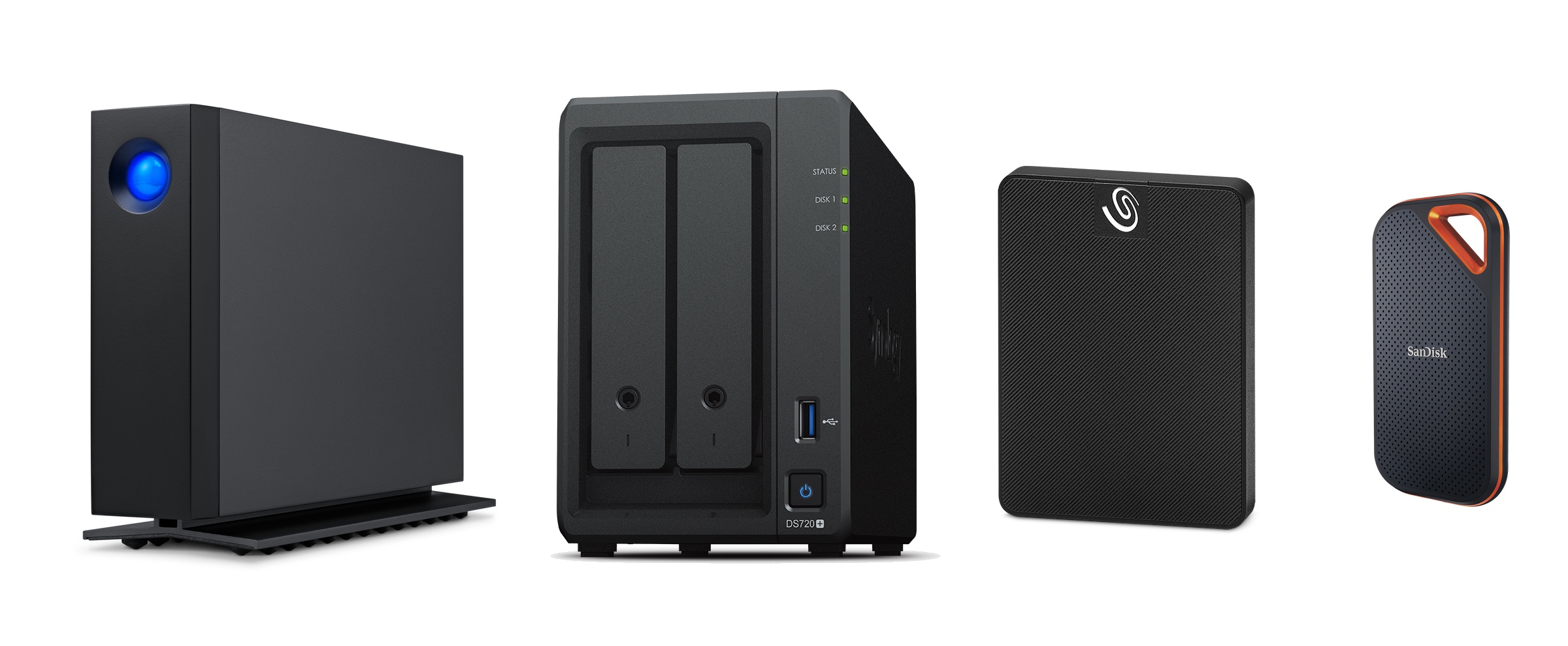
Backups are a lot like insurance: it’s imperative to have it, and you hope you never need to use it. Likewise, backing up your Mac is essential: if you need to use a backup hard drive to restore your data, it can save you a great deal of time, money, and headaches. We often remind you how important it is to back up your files, but it’s not just the backup that matters. The media you use to store your data is critical.
There are different types of backup drives available for Mac. You can use external drives connected to your Mac, portable drives that you connect when needed, or network devices. You have lots of choice, but each of these devices works best for specific use cases. So how can you tell which type of hard drive is best for you?
In this article, I discuss the different types of drives that you can use to back up your Mac, and how to choose the best drive for your needs.
In this article:
- How much storage do you need?
- Is USB or Thunderbolt better for backups?
- Is HDD or SSD better for backups?
- How long do hard drives last?
- Which hard drive brands are best for Mac users?
- Types of hard drives that can be used for backups
- Final thoughts
- How can I learn more?
How much storage do you need?
Before choosing drives, you should determine how much storage you need. It’s helpful to first know that GB stands for gigabyte, and TB is shorthand for terabyte. One terabyte is equivalent to 1,000 gigabytes; at least, that’s how drive manufacturers measure them.
If you plan to make regular backups of your Mac, the best approach is to choose a drive that is at least twice the size of the data you are backing up. If all your data is on a Mac with a 500 GB SSD, then a 1 TB external drive might be sufficient.
If, however, you have data on your internal SSD and on another external drive—such as a drive containing a media collection, work archives, or other data—be sure to factor that in. So if you have a 4 TB drive with media and archives connected to a Mac with a 500 GB SSD, then you should use at least an 8 TB backup drive.
The same is true if you buy a hard drive to use with Apple’s Time Machine, which creates multiple versions of backed up files. Time Machine does this by not copying files that haven’t changed, so if you back up a Mac with a 500 GB SSD, it will take a long time to fill up an 8 TB drive. And, over time, Time Machine deletes the oldest backups when it needs more space for new backups. 
A few years ago, the largest hard drive you could get was generally 8 TB. But with recent changes in hard drive technology, you can now get drives up to 20 TB, and soon perhaps much more. You have much more flexibility if you have a lot of data to back up than in the past.
Is USB or Thunderbolt better for backups?
Thunderbolt drives tend to be more expensive; in fact, they are priced at more than twice the average cost. But is that extra expense worth it?
Generally speaking, and especially if you’re solely using the drive for backup purposes, there’s no major advantage to Thunderbolt. Backups are considered to be “cold storage,” data that you only need to access occasionally—hopefully rarely. Spending more for potentially faster transfer speeds is only useful if you have a lot of large files to back up regularly, such as if you work with video. And in many cases, USB speeds are actually just as fast as Thunderbolt; they share the same port and much of the same underlying technology.
If you’re still not sure which is right for you, learn more about USB vs. Thunderbolt on Macs.
USB-C and Thunderbolt: Understanding Ports and Cables for Macs and iPads
Is HDD or SSD better for backups?
You might notice that we mentioned SSDs earlier; let’s define some terms before we go much further. It’s worth noting that there are two main types of hard drives: classic, spinning hard disk drives (HDD) and solid-state drives (SSD).
HDDs are based on much older and more mature technologies, but that doesn’t necessarily mean they’re better or worse. They typically have a much higher storage capacity relative to SSDs, however. HDD storage is typically cheaper per terabyte. Although HDDs are slower than SSDs, this usually doesn’t matter very much if you’re primarily using them for backup and archival purposes.
SSDs are based on newer, faster flash-memory technology, where data is written electronically to microchips. This means they have the advantage of lacking moving parts. In theory, the lack of spinning platters and physical motion within the drive could mean that SSDs may last longer. That theoretical advantage may only be marginal, however, at least based Backblaze’s first few years of testing SSDs. (See the next section for more about how long drives last.)
Over time, the capacity of external SSDs has increased, and their cost has dropped substantially. So it’s worth considering SSDs for backup. They’re still more expensive per terabyte than HDDs, but they’re faster and could theoretically last a bit longer. If you use your external drive while traveling, you’ll definitely want an SSD, since you won’t need to worry about drive platters getting damaged if jostled while writing to disk.
How long do hard drives last?
The online backup service Backblaze regularly publishes data about the drives they use—they currently have about 200,000—and how long they last. In their article about how long disk drives last, they show that, after about five years, reliability drops a lot. Backblaze’s usage is much more intense than most people’s, and they buy the most reliable drives, so these results may only apply if you buy the similarly high-quality drives.
In general, you should look at the guarantee (warranty) on the hard drive you plan to buy. I recently had two LaCie hard drives start failing, about three and a half years after I bought them. I used them for redundant Time Machine backups, and they were guaranteed for two years, so I replaced them. Two other, more recent LaCie drives I use for media and archives are guaranteed for five years, so I’m more comfortable using these drives for longer.
The question is not if your hard drives will fail, but when will they fail? As Backblaze says, “Every hard drive you buy will fail at some point.”
Regardless of whether you choose an HDD or SSD, it’s a good idea to get one with a longer warranty. If the manufacturer is confident that it will last longer, that’s probably a good indication of the drive’s quality and potential for longevity.
Which hard drive brands are best for Mac users?
There’s no one brand that’s consistently better in every way than all the others. But generally speaking, it’s probably a good idea to stick with a trusted name brand, rather than getting a generic drive from a manufacturer you’ve never heard of before.
It doesn’t particularly matter whether the drive is sold as “Mac compatible,” because you’ll probably want to reformat it anyway before you start using it. Macs and PCs both have USB-C ports (which are often Thunderbolt ports on a Mac; see our article explaining USB-C and Thunderbolt ports on Macs).
Some common and generally trusted brand names include Crucial, Kingston, LaCie, OWC (Other World Computing), Samsung, SanDisk, Seagate, and WD (Western Digital) including its G-Technology sub-brand.
Now let’s explore the different types of drives available.
1. External Hard Drives
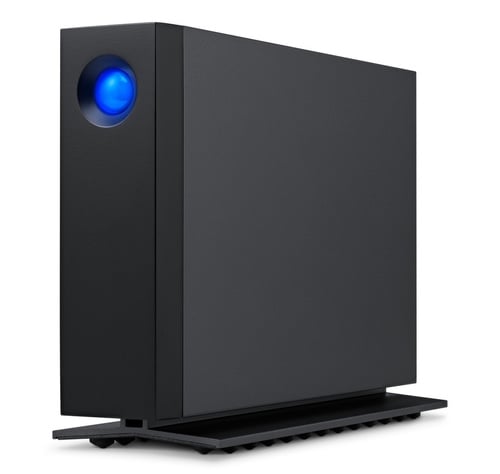
The standard way to back up a Mac is to use a hard disk connected via USB or Thunderbolt. There are all kinds of external hard drives, from a number of brands. You can currently get a 4 TB hard drive for less than $100, and external drives are now available in sizes up to 20 TB.
You can use an external hard drive for backups with apps like Intego Personal Backup or Apple’s Time Machine, but it’s not a good idea to use the same drive for both. So if you want belt-and-suspenders protection, it’s best to get one drive for each. Also, check how much data you have to back up, and buy a drive (or drives) with at least twice that amount of storage.
Time Machine saves multiple versions of your files, so your first backup copies all your data, and subsequent backups copy only new and changed files. You can make a similar type of backup with Intego Personal Backup, storing multiple copies of files, and you can even create bootable clones on an external hard drive for system failure insurance.
2. External SSDs
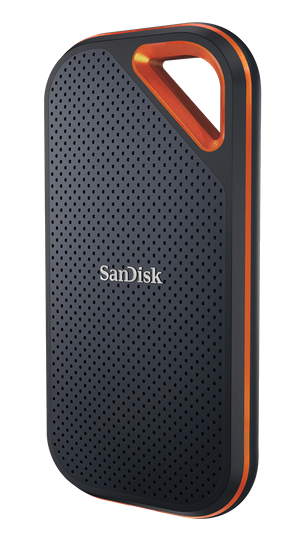
In previous versions of this article, I did not mention SSDs as viable backup drives because of their cost. But as SSDs have become more common, and their capacity has increased, they are worth considering. There are several advantages: they are fast, silent, and don’t need external power supplies. You can connect them to a Mac, or to a hub, and you can use multiple SSDs easily.
There are several ways you can use an external SSD. You can buy a portable SSD, such as the SanDisk Extreme Portable SSD V2. This drive is plug and play: just connect its USB-C cable to your Mac, and you don’t need a power supply. This is a fast drive, and you pay for that speed. For most backups, you don’t need this speed.
Another option is to buy an internal SSD and an enclosure. I recently purchased two Samsung 870 QVO SATA III 2.5″ 4TB SSDs to replace the Time Machine drives that I mentioned above, which had started to fail. Each one cost about the same as a quality 8 TB drive, which I felt was a good trade-off. For about $20 each, you can get an enclosure for internal drives, and you simply slide the drive in and slide the cover on. These are slower drives than the SanDisk I mentioned above, but less expensive.
Finally, NVMe (Non-Volatile Memory Express) cards are more like the SSD in your Mac. These cards are designed to be fitted in a computer, but you can also buy enclosures for them. Some enclosures can hold two NVMe cards, so you can double your storage in a single device. Western Digital makes NVMe cards up to 4 TB. These are more expensive than internal SSDs, but they are faster, rivaling the external SSD I mentioned above.
3. Bare (Internal) Hard Drives
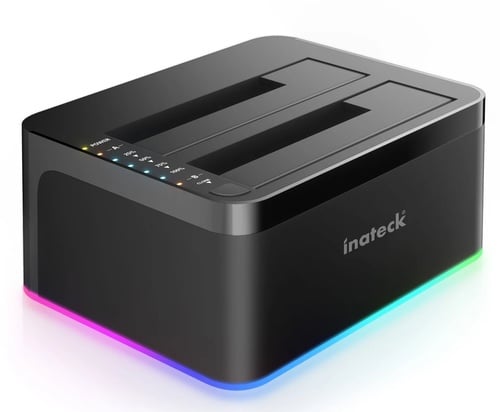
All the drives mentioned in this article have enclosures, meaning they are contained in a device that has the connectors you need to use them. However, there’s another solution: You can use a disk dock with bare internal hard drives. For example, this inexpensive Inateck disk dock has two bays, and lets you insert any bare hard drive in it.
The advantage is clear: internal hard drives are a bit cheaper than those in enclosures. You can rotate several drives easily, with just one cable connected to your Mac, but you can’t automate this process as you can with external drives. Sure, you could leave two drives in the dock, but it’s more efficient to use external drives if you want always-on backups. A hard drive docking station is a great device if you want to use a number of backup drives to store off-site.
There’s one more reason to own a drive dock. If one of your external drives’ enclosures fails, you can remove the drive and access it in the dock. This dock can handle both standard 3.5″ drives and smaller 2.5″ drives, including the internal SSD I mentioned above, and can even copy one disk to another without needing a computer.
4. Network Drives
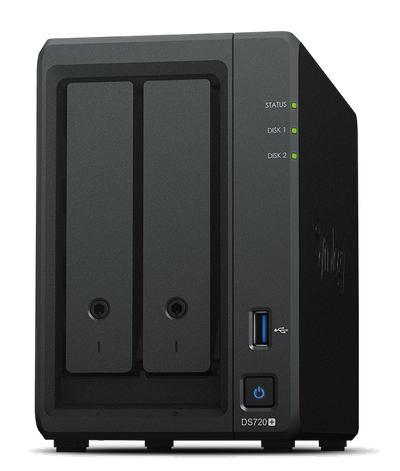
Another type of backup hard drive you can use is a network drive, or NAS (network attached storage device). This is a hard drive in a special enclosure that houses a full operating system, generally a stripped-down version of Linux. For example, I use a Synology NAS, which holds two drives, and I use it for backups, to store my media library, and for some file sharing in my home office.
When is this practical? If you have a laptop, and want to back it up without connecting anything, you can easily set up a NAS to take backups from both Intego Personal Backup and from Time Machine. Most NAS devices these days have user-friendly management, configuration is simple, and you access the device’s operating system via your web browser. You mount the drives in the Finder like any network share, and, with my Synology NAS, there are apps for iPhone and iPad that give access to files, along with a Mac app that sync files in a manner similar to iCloud Drive or Dropbox.
Even if you don’t have a laptop, you might want to use a NAS to back up your Mac. It keeps your desk clutter free, and the device can be located anywhere in your home or office that is near a router or hub; you access it via wi-fi or ethernet. And you can use it to store other files that you may want to share among your co-workers or family.
5. Portable Hard Drives
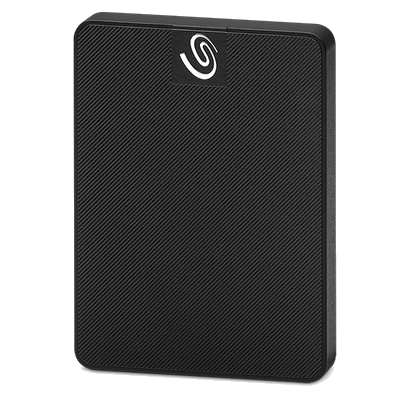
You may not want to have a hard drive permanently connected to your Mac. This is most likely the case if you have a laptop.
You could use a portable SSD, as mentioned above, or you can get self-powered portable hard drives for less than $100. For example, I have several Seagate Expansion 4 TB drives that I use for off-site backups. Other trusted portable storage options include LaCie Rugged drives, and these drives are available with capacities up to 8 TB.
Portable hard drives use USB 3, and are fairly fast, but they’re also compact. Additionally, the fact that you don’t need a power supply—they get power from the computer—makes them easy to use.
You can use portable hard drives with a desktop Mac, too. They’re usually not as fast as a desktop drive, but for backups, you don’t need much speed.
Final thoughts
You shouldn’t just use any old hard drive you have laying around for your backups; you want to make sure that you have no problems if you need to restore some of your files. Hard disks eventually fail, and using hard disks more than three to five years increases the risk of data loss. So if you have old hard drives, you should think of replacing them.
Furthermore, don’t just buy one backup hard drive. If you really care about your data, you should back it up at least twice. Imagine what would happen if your computer gets lost or stolen, or its drive crashes, and you find that your backup is unreadable… Having a second drive isn’t too expensive these days, and it adds an extra layer of protection.
You can combine the above types of hard drives, too; for example, use a desktop drive for your iMac, and also have a NAS for a second backup, or use portable drives to have a second, off-site backup. Just in case. Because just like insurance, if and when you need it, you will never regret having it.
How can I learn more?
 Each week on the Intego Mac Podcast, Intego’s Mac security experts discuss the latest Apple news, security and privacy stories, and offer practical advice on getting the most out of your Apple devices. Be sure to follow the podcast to make sure you don’t miss any episodes.
Each week on the Intego Mac Podcast, Intego’s Mac security experts discuss the latest Apple news, security and privacy stories, and offer practical advice on getting the most out of your Apple devices. Be sure to follow the podcast to make sure you don’t miss any episodes.
You can also subscribe to our e-mail newsletter and keep an eye here on The Mac Security Blog for the latest Apple security and privacy news. And don’t forget to follow Intego on your favorite social media channels: ![]()
![]()
![]()
![]()
![]()
![]()
![]()